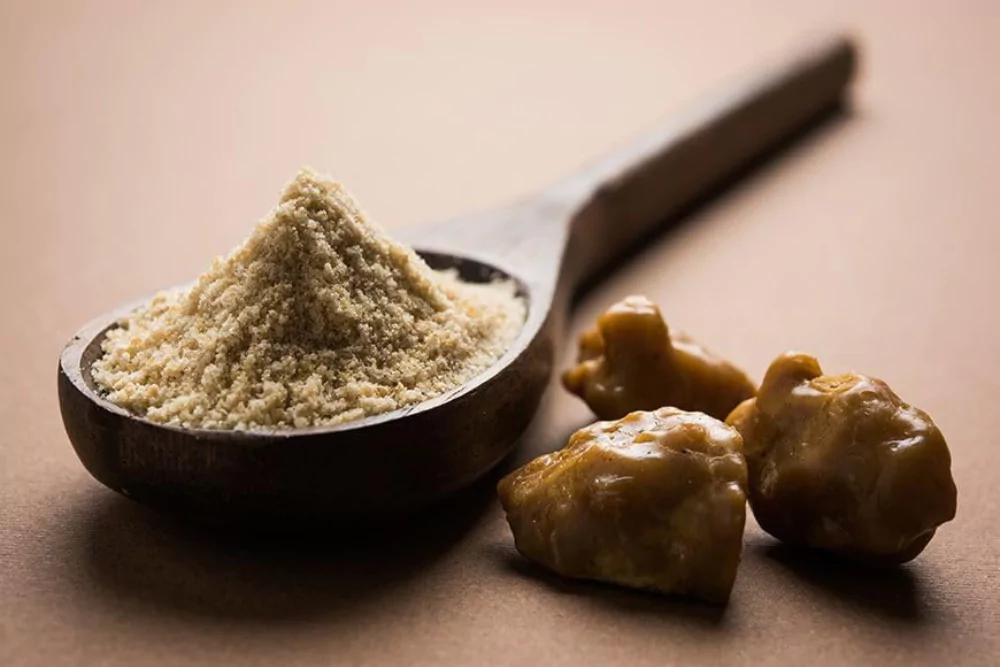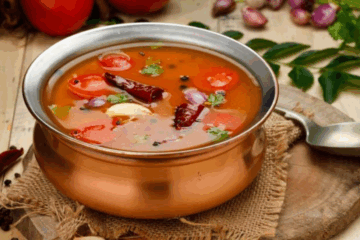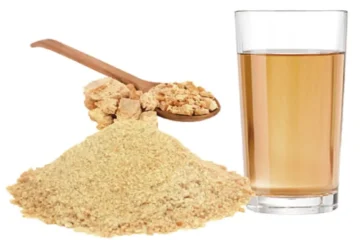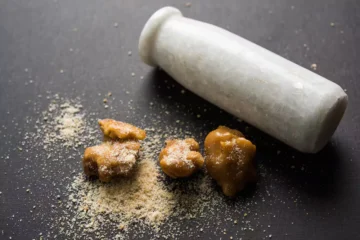What makes hing so special — why are chefs using it in global cuisines?
Short Answer: Hing is special for its umami depth, its ability to replace onion and garlic, and its versatility in fusion and plant-based cooking.
Detailed Answer:
- Umami flavour: Hing adds a savoury taste that enriches soups, stews, and sauces beyond Indian food.
- Onion/garlic alternative: Many chefs use hing where onion and garlic are avoided, like vegan or Jain diets.
- Fusion use: It fits well in European, Middle Eastern, and modern vegan kitchens.
- Plant-based focus: Hing boosts flavour in dishes without meat or dairy.
- Memorable aroma: Its bold aroma helps chefs create unique flavour profiles.
Does hing taste too strong — how do chefs balance its flavour?
Short Answer: Hing is strong, but chefs balance it by tempering in oil, using small amounts, and pairing it with spices or fats.
Detailed Answer:
- Tempering in oil: Cooking hing in oil or ghee softens its sharpness.
- Small amounts: A pinch is enough to flavour an entire dish.
- Pairing with fats: Butter, coconut oil, or olive oil reduce its pungency.
- Blending with spices: Mixing with cumin, coriander, or paprika makes hing more balanced.
- Gentle introduction: Chefs start with subtle flavours before building stronger dishes with hing.
Is hing good for digestion — do chefs use it for health benefits?
Short Answer: Yes. Hing is used for its digestive benefits like reducing bloating and improving gut health, making it popular in wellness cuisine.
Detailed Answer:
- Supports digestion: Hing helps reduce gas and indigestion, especially with lentils and beans.
- Functional food trend: Chefs add hing to dishes to meet the demand for healthy, functional ingredients.
- Detox benefits: It is believed to cleanse the stomach naturally.
- Ayurvedic use: Hing’s long history in Ayurveda adds credibility in wellness-focused kitchens.
- Modern broths and drinks: Some chefs use hing in detox soups and herbal beverages.
Can I use hing in my own cooking — what dishes work well?
Short Answer: Yes. Hing enhances soups, vegan broths, lentil burgers, salad dressings, and even global fusion dishes.
Detailed Answer:
- Soups and stews: Add a pinch to vegetable or mushroom broth for rich flavour.
- Vegan broths: Use as a replacement for fish sauce or meat stock.
- Lentil burgers: Hing adds earthiness and aids digestion.
- Salad dressings: Mix into vinaigrettes for a unique twist.
- Fusion recipes: Works in pasta sauces, ramen, or even bread dips.
Are there different types of hing — how do chefs choose the right one?
Short Answer: Yes. Hing is available as raw resin, compounded hing, and powdered hing. Chefs choose based on purity, aroma, and recipe needs.
Detailed Answer:
| Type of Hing | Description | Chefs’ Usage |
|---|---|---|
| Raw Hing Resin | Pure gum from the plant, very strong in flavour. | Used in fine dining where chefs want an intense aroma. |
| Compounded Hing | Blended with flour for easier use and milder taste. | Ideal for everyday cooking and balanced fusion dishes. |
| Powdered Hing | Processed form, easy to sprinkle in recipes. | Popular for soups, dressings, and quick meals. |
- Purity first: Raw hing gives the most authentic flavour.
- Ease of use: Compounded and powdered forms are practical for modern kitchens.
- Recipe choice: Chefs pick based on whether they need intensity or subtlety.
Conclusion
Chefs experimenting with hing are reshaping global cooking. Its bold umami flavour, digestive benefits, and versatility make it a favourite in fusion and wellness kitchens. Whether used in soups, burgers, or broths, hing shows how traditional spices can find a place in modern, global cuisine.





